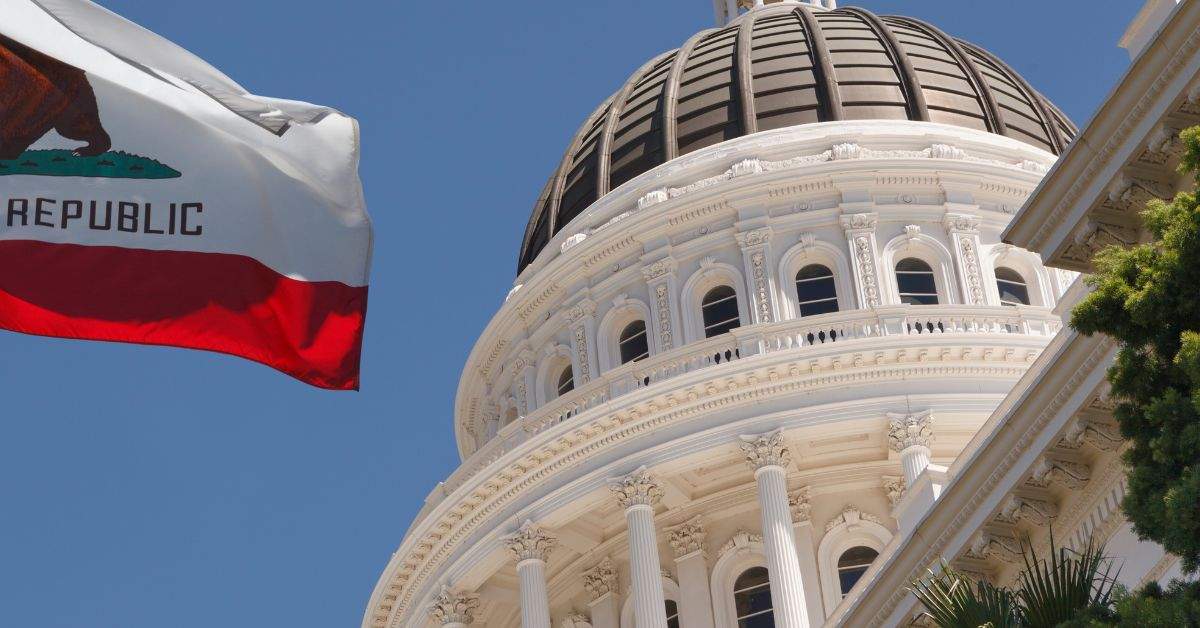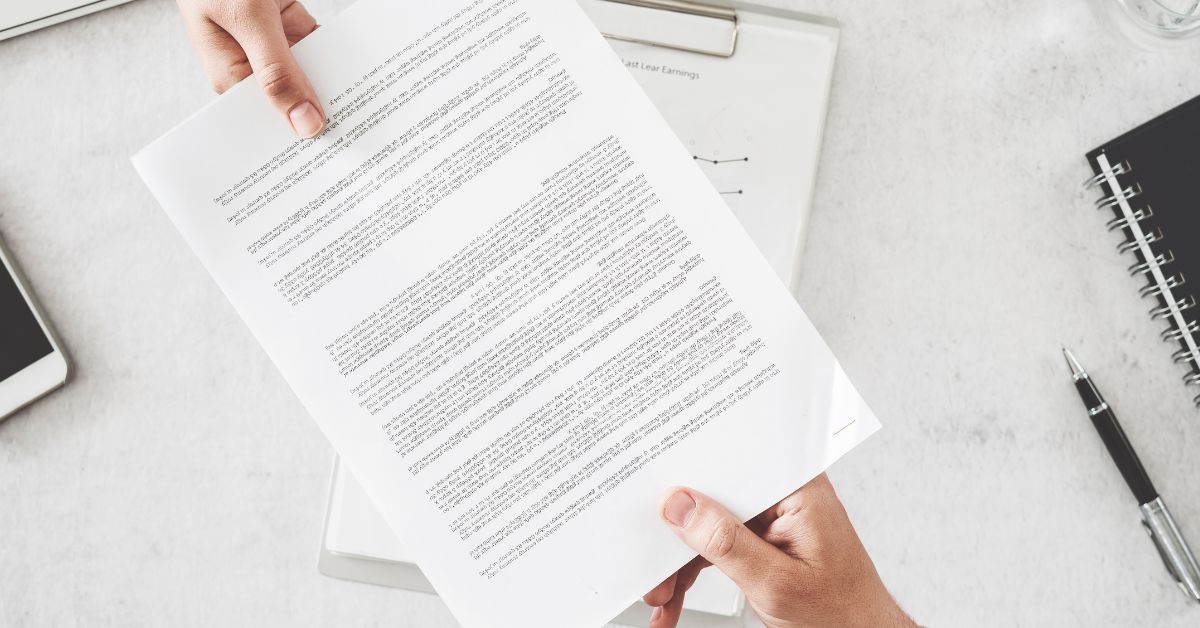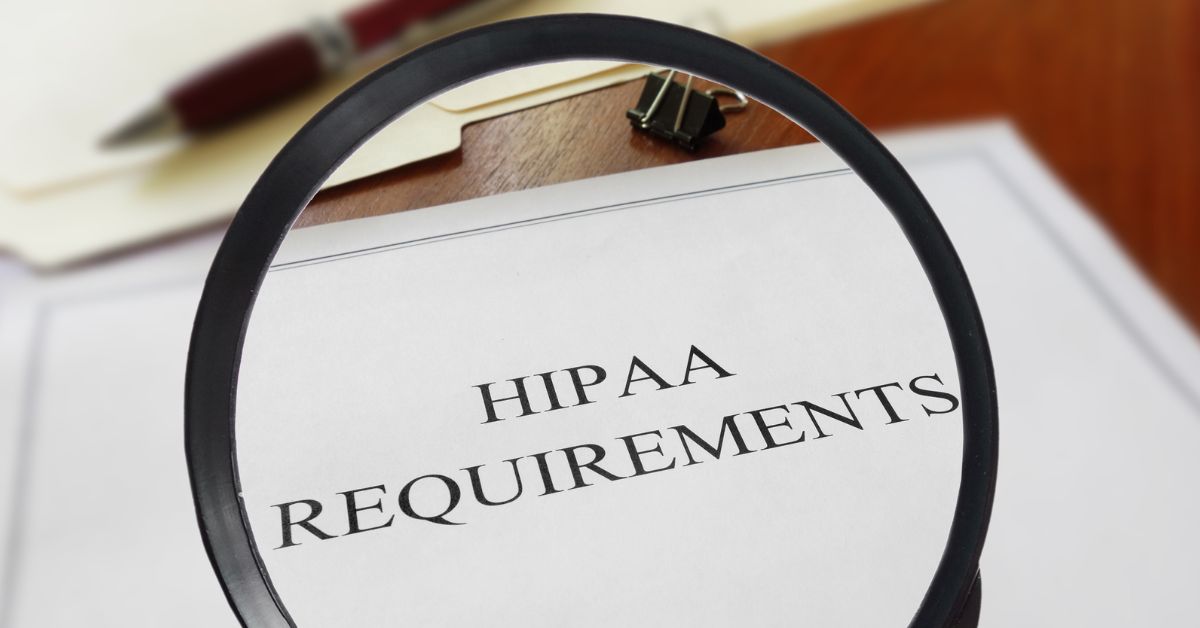California is famous for many things: beautiful beaches, traffic, and tech start-ups, just to name a few. In legal circles, however, the Golden State is also known for its unique California litigation privilege, which is broad and sweeping in its scope.
For those of you who are unfamiliar with the concept, California’s litigation privilege is a rule of law that provides a shield against liability for communications made during litigation or in anticipation of litigation.
Stop and think about that for a minute; California law allows you to say just about anything about someone else (even otherwise defamatory statements) without repercussions, so long as you say it in and around litigation.
The California litigation privilege can’t really be that broad, can it? In this post, we’ll answer that question by diving into the nuts and bolts of this auspicious privilege.
We’ll start by explaining the scope of the law and then touch on some of the seminal decisions that have resulted from its application.
We’ll also explore its interplay with another important California statute and wrap up with a discussion of how the litigation privilege works within a few of the more restrictive states.
The statute and its scope
If you were to look up the letter of the law concerning California’s litigation privilege, the wording, in and of itself, would not impress you. The privilege is found in California Civil Code section 47(b).
It states, in pertinent part, that “A privileged publication or broadcast is one made: In any (1) legislative proceeding, (2) judicial proceeding, (3) in any other official proceeding authorized by law, or (4) in the initiation or course of any other proceeding authorized by law.” That seems harmless enough, right?
In the 1990 case of Silberg v. Anderson, the California Supreme Court set forth four conditions that must be present in order for the litigation privilege to apply:
The communication must be made in a judicial or quasi-judicial proceeding
This means that the privilege applies not only to court proceedings but also to any other proceedings that are judicial in nature, like administrative hearings or even depositions.
The communication must be by a litigant or other person authorized by law
This includes not only the parties directly involved in the litigation but also witnesses, lawyers, and other people who are legally authorized to participate in the proceedings. Taken at face value, this condition could be unbelievably broad and made to include people like court clerks, bailiffs, or other court employees.
The communication must be to achieve the objects of the litigation
The privilege applies only to communications that are made for the purpose of furthering the objectives of the litigation.
As any of you who have ever litigated know, that’s a large universe. Such communications could include negotiating a settlement or talking to the press in an effort to discredit an opposing party’s claims.
The communication must have some connection or logical relation to the action
This means that the communication must not be completely extraneous to the proceedings but must be related in some way to the issues that are or will be litigated.
The Silberg case further explained that this broad privilege promotes the effectiveness and efficiency of the judicial process by encouraging “open channels of communication and the presentation of evidence” in court proceedings.
The theory is that once you grant participants in litigation immunity from subsequent derivative tort liability, individuals are more likely to participate fully and honestly in proceedings.
With that in mind, let’s take a brief look at a few of the cases illustrating just how far the litigation privilege stretches.
California’s litigation privilege applied
Aronson v. Kinsella is a prime example of the breadth of the California litigation privilege. In that case, the defendant’s attorney sent the plaintiff a pre-litigation demand letter that the plaintiff not only believed to be defamatory, but malicious as well.
The plaintiff sued for libel per se but the trial court granted summary judgment for the defendant, finding that the statements in the demand letter were covered by the litigation privilege.
The California Court of Appeals upheld the summary judgment ruling. It reasoned that because the alleged defamatory communication was a classic pre-litigation demand letter, it was absolutely privileged.
The fact that litigation was not underway (but was simply contemplated) when the demand letter was published did not change the outcome.
The court in Kupiec v. American International Adjustment Co. reached a similar result with respect to pre-litigation communications. In Kupiec, the court held that the litigation privilege extended to protect an insurance adjuster’s statements made in letters and reports during the course of adjusting a claim. Significantly, that claim only became the subject of a lawsuit well after the communications at issue were made.
In Rubin v. Green, on the other hand, the defendant in an ongoing civil litigation case, sued his opponents’ attorneys, alleging that their actions in pursuing the lawsuit interfered with his business interests.
The California Supreme Court rejected that notion, holding that the privilege applies even to the initial communications and procedures involved in filing a lawsuit. Consequently, the Court decided those attorneys were immunized attorneys from subsequent liability.
These cases, taken together, speak to the vast application of California’s litigation privilege. Specifically, they show that parties, insurance companies, and attorneys can all be protected by it, regardless of whether the communications at issue happen during or before a litigation event.
The interplay between the litigation privilege and Anti-SLAPP
Importantly, California’s litigation privilege does not exist in isolation. Moreover, its interplay with other laws in California can greatly affect the course of a lawsuit. Perhaps the most notable corollary to the litigation privilege is California’s Anti-SLAPP law (Strategic Lawsuit Against Public Participation) (Code of Civil Procedure Section 425.16).
This statute is designed to prevent any lawsuits that are brought for the primary purpose of chilling the valid exercise of constitutional rights, especially the right of freedom of speech.
It also provides a procedural pathway for challenging such lawsuits, i.e., an Anti-SLAPP motion (essentially, a motion to strike the complaint) which can be used as a first responsive pleading in California.
Therein lies the intersection between these two laws: the litigation privilege provides immunity from civil liability for communications related to litigation, whereas the Anti-SLAPP law provides a procedural mechanism for dismissing meritless lawsuits that chill public participation and free speech.
In practice, if a claim is based on a communication made in the course of a legal action, a defendant might invoke both the litigation privilege and the Anti-SLAPP statute.
For instance, a defendant could argue that a particular claim is barred by the litigation privilege and, furthermore, that it should be dismissed under the Anti-SLAPP law because it arises from protected activity. Although these protections often work together, failure to qualify for one does not necessarily mean failure to qualify for the other.
Why is California’s litigation privilege unique?
For those of you who have not practiced in other states, you may be asking yourself why the California litigation privilege is worthy of discussion. The answer is its breadth. While most other states have some form of litigation privilege on the books, few, if any, are as broad as California’s
In Texas, for example, the absolute privilege generally applies to defamatory statements made during the course of a judicial proceeding, but it does not extend to statements made outside of the courtroom. In other words, all those statements made “in anticipation of litigation” are fair game for subsequent lawsuits in Texas.
Florida presents another variation where the litigation privilege is quite broad, extending even to out-of-court statements that are necessarily related to pending or proposed litigation.
Unlike California, however, Florida does not extend the privilege to torts beyond defamation. That means that in Florida, the litigation privilege would not bar a case like Rubin v. Green (where the principal allegation was intentional interference with business).
In Massachusetts, the litigation privilege is more limited than in most states. It generally applies to communications made in the course of judicial proceedings, but not to communications made in anticipation of litigation, nor to defamatory statements that are unnecessarily made or that have no reasonable relation to the litigation.
As you can see from this roundup, California’s privilege extends the greatest protection for otherwise actionable communications.
While this may comfort attorneys and others who may not realize at that moment that their statements are defamatory, it can be frustrating for those who believe litigation-related statements tarnish their reputations.
Conclusion
In closing, readers should note that while the California litigation privilege is uniquely broad, it is not without its limitations. For example, in its 2006 decision, Flatley v. Mauro, the California Supreme Court held that the litigation privilege does not apply to pre-litigation communications that are illegal as a matter of law.
In that case, the defendant (an attorney) had sent a demand letter to the plaintiff threatening to file a lawsuit unless the plaintiff paid a substantial settlement.
The Court, finding that the demand letter was extortionate, held that the litigation privilege did not protect the attorney’s conduct because extortion is illegal under California law.
With that case in mind, you could say that California’s litigation privilege is about as effective as a playground rule that allows children to do whatever they want, so long as they don’t kill one another.
While rules like that should provide reasonable order to the world, the workarounds often create more chaos than we’re comfortable with.








